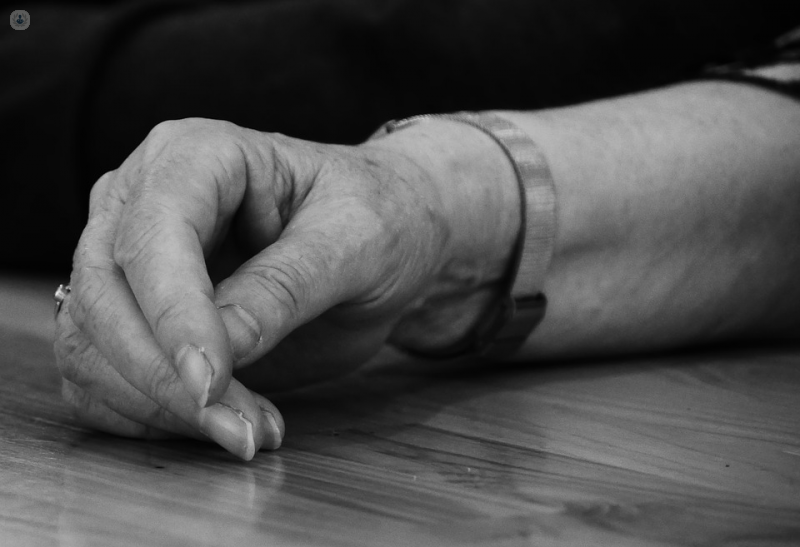Dupuytren’s disease: how will I know if I have it?
Written in association with:In one of our latest articles here, revered orthopaedic hand and wrist surgeon, Mr Kunal Hinduja, explains what Dupuytren’s disease is, and reveals the condition’s main causes and how it is most effectively treated.

What is Dupuytren’s disease?
Dupuytren’s disease is a common condition that affects close to two million people in the UK. The condition can cause one or more fingers to bend towards the palm. The condition eventually leads to patients no longer being able to fully straighten their affected finger(s).
What are the main causes of Dupuytren’s disease?
The disease occurs when the layer of connective tissue under the skin of the palm becomes thicker and less flexible, causing small nodules to form. These nodules can make it extremely difficult for your fingers to straighten.
The main associated risk factors include:
How will I know if I have Dupuytren’s disease?
Early warning signs of the disease include lumps, dimples, or ridges that begin to appear on the palm of the patient’s hand. Another warning signing can typically present itself in the patient finding that they are struggling to put their hand down flat.
How is it treated?
Treatment depends on the severity of the patient’s specific case of Dupuytren’s disease. The three main treatment options include the following:
- splints
- needle fasciotomy
What is recovery time like?
Recovery time is normally anywhere between four to 12 weeks, depending on the severity of the finger condition. In the majority of cases, surgery is the most effective form of treatment. Risks with surgery for Dupuytren's disease can include bleeding, numbness, and a chance of infection.
Mr Kunal Hinduja is a highly reputable orthopaedic hand and wrist surgeon who specialises in Dupuytren’s disease. If you would like to book an appointment with him, you can do just that today via his Top Doctors profile.


